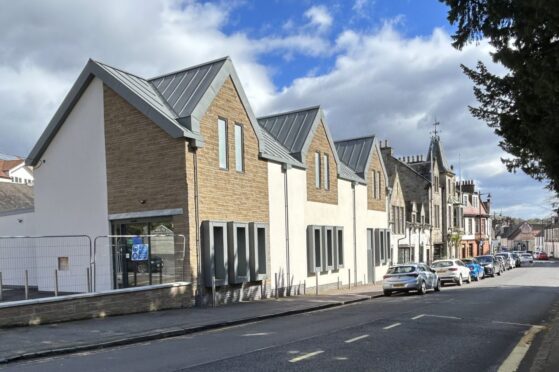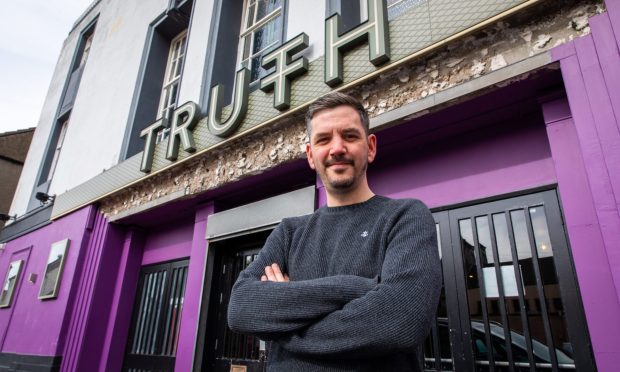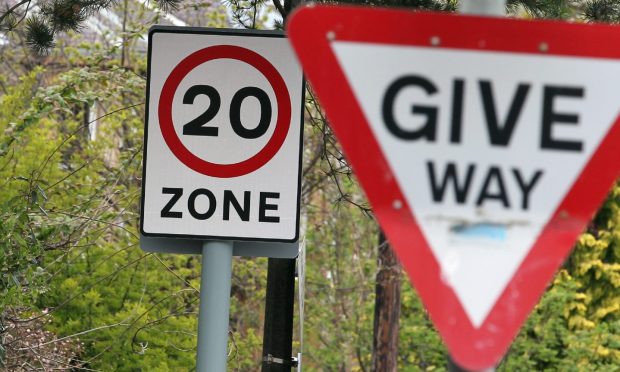Fife patients should be receiving better coordinated care following the introduction of a new high-tech system.
Ten Fife hospitals — the Victoria and Queen Margaret and eight in the community — are now using InterSystems TrakCare.
Its aim is to support better and safer care, to carry out work more efficiently, and to replace outdated technology and a restrictive paper-based way of working.
The health board confirmed its decision to deploy the system in June 2016, as part of its plans to progress toward a single electronic patient record for patients, and to allow authorised clinical staff access to essential patient information.
Since it started on April 1 more than 80% of NHS Fife’s employees are now trained in its use.
InterSystems’ UK manager Mark Palmer said: “Technology can be a powerful means to connect care and to deliver crucial patient information where it is needed.
“But for this to happen, it must be accepted and used.”
He added NHS Fife was a powerful example of clinical engagement, collaboration, and determination to ensure that technology addresses hospital needs so that the best is achieved for patient care.
The first phase has now been completed.
It started off in the health board’s emergency department, before quickly spreading to other clinical areas.
Real-time bed management is providing staff with accurate information, helping to manage capacity and ensure patients are discharged in a timely manner.
The system is also being used to manage patients with specific conditions.
For example, electronic questionnaires around stroke and diabetes have been built directly into the system.
Phase two of the project will see the expansion of TrakCare to help streamline the flow of important information between diagnostic departments and frontline clinical staff.
Mental health administration will also be an important part of this phase.
The health board is working with InterSystems to identify other areas where it could be used to make the most from its investment.










